MARKET OVERVIEW
The IVF Global market for Veterinary is all set to beat up the animal reproduction industry with more advanced solutions compared to traditional breeding. This is an integral industry helping in veterinary reproductive technology to sustain the growing demand for superior quality livestock and to preserve the species of endangered animals. The market will involve services and products of the collection and preservation of gametes, embryo production, and implantation techniques that will be crucial in improving the reproductive efficiency of different animal species.
New technologies under development and adoption characterize the features of the Global Veterinary In Vitro Fertilization market. This industry will focus on improving the success rates of IVF procedures, minimizing genetic disorders, and enhancing the overall health and productivity of animals. Considering the increasing pressure on animal welfare and sustainable agriculture, the techniques of veterinary IVF techniques will be inseparable in both commercial livestock production and conservation.
Specially designed services that would cater to the needs of particular species of animals will involve movements when the industry develops. This will be fueled by, among other factors, increased biotechnology development and an increase in awareness of the benefits of assisted reproductive technologies and the demand for effective and sustainable livestock production. The growth of this business will be encouraged in both developed and emerging economies where demand for animal products of high quality and genetic resources preservation will be at the fore.
Evolving regulatory frameworks and ethical considerations also continue to shape the Global Veterinary IVF market. As the industry matures, it will be caught in the difficult landscape of animal welfare regulations and public perception of assisted reproduction in animals. For this to occur, a tightrope must be balanced between scientific enterprise and moral obligation, with animal welfare at the forefront yet the objectives still to be achieved in relation to reproductive success.
The market will also come to realize more investment in research and development, translating into the provision of new products and services that offer even higher levels of efficiency and effectiveness in veterinary IVF procedures. These are expected to occur through the development of improved embryo culture media, methods of cryopreservation, and noninvasive monitoring of development. Thus, the Global Veterinary In Vitro Fertilization market is expected to be in continuous evolution, opening new prospects for improving animal reproduction and contributing to sustainable agriculture and conservation worldwide.
In brief, the Global Veterinary IVF market will become a high-priority industry in the future of animal reproduction, complemented by technological advancement, demand for high-quality animal products, and sustainable breeding practices. The growth within the market will, therefore, be supported by continuous research and development, the regulatory environment, and close cooperation of major stakeholders active in veterinary IVF.
Global Veterinary In Vitro Fertilization (IVF) market is estimated to reach $4088.8 Million by 2031; growing at a CAGR of 5.5% from 2024 to 2031.
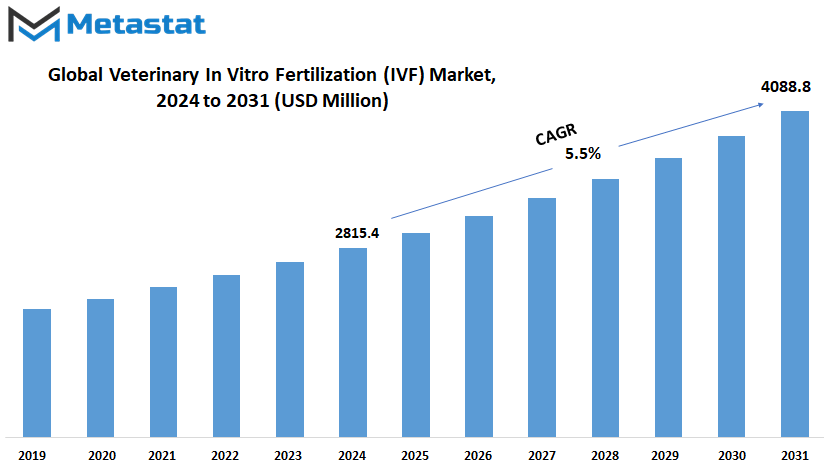
GROWTH FACTORS
It would appear that the future is bright for the Global Veterinary In Vitro Fertilization market, as a number of factors contribute to the growth in its demand. Advances within veterinary medicine have brought about increased demand for reproductive technologies which could assist with the breeding of animals-especially those of high genetic value. The main factors that have contributed to the development in the market have been an increase in awareness among the pets' owners and breeders regarding the benefits of IVF in respect of healthy offspring.
The rise in stakeholders' interest in conserving endangered species populations- In this regard, drives the Global Veterinary In Vitro Fertilization (IVF) market. Due to the decline in wildlife populations, there is an increasing demand for technologies supporting the conservation of such animals. IVF presents a good answer to the procreation of the endangered species in controlled environments, thus helping in the preservation of biodiversity.
The growing trend for humanization of pets-where pets are increasingly considered family members-has led to increased expenditure on veterinary care, including reproductive services. This changing perception has floated demand for IVF procedures as pet owners seek optimum care for their animals.
However, there are a few factors that may impede or put pressure on market growth. The high cost of the IVF procedure may be unaffordable for many animal owners and breeders, thus limiting the rate of diffusion higher into the market. In addition, the procedure requires technical skills and equipment, which may not all be accessible to every location. Lack of access might critically dampen the market from further growth, specifically in developing countries where veterinary structures are weak.
There are, however, some definite possibilities that the Global Veterinary In Vitro Fertilization market will further grow. Most of the technologies have been innovated to make the procedures simpler and less expensive; hence, they could be made available to a wider clientele. Moreover, with greater awareness, IVF technologies will see wider adoptions in veterinary clinics and thus further extend this market.
In a nutshell, while there are various challenges in the Global Veterinary In Vitro Fertilization (IVF) market, it can be considered a promising one. An increase in demand for advanced reproductive technologies and further possibilities of innovation along with wider adoptions support the fact that this market will continue to grow over the next few years. It is without a doubt that the emphasis on conservation and pet care will be of critical importance to the future of such a market, replete with ample opportunities for enthusiasts.
MARKET SEGMENTATION
By Product Type
The Global Veterinary In Vitro Fertilization market has grown steadily and is expected to mark outstanding development over the forecasted period. Increasing awareness about animal health and increasing demand for better breeding techniques fuel the growth of the market. This demand for innovation in veterinary care will be further reiterated as people continue to attribute more value to pets and other livestock.
Thus, in the given backdrop, the veterinary IVF products and services market is expected to grow. Based on Product Type, the Global Veterinary In Vitro Fertilization (IVF) market is segmented into Instruments, Reagents/Consumables, and Services. Instruments such as microscopes and incubators are some of the essential items used for the IVF procedure, as these enable veterinarians to conduct sensitive procedures with precision. Reagents and consumables play a vital role in procedures for offering a conducive environment where fertilization and embryo development take place. Services involve a wide range of activities that include consultation up to the actual performing of IVF procedures, ensuring that animals get the best possible care.
In the near future, the segments within the Global Veterinary In Vitro Fertilization (IVF) market are very likely to become even more segregated and specialized. For instance, instruments may be easier and more efficient for small and large practices; reagents and consumables may become even more specific with specialized formulas for species that will further raise the success rate of IVF in animals. Services can also become more holistic, providing everything from genetic screening to after-care under one roof.
The Global Veterinary In Vitro Fertilization market is sure to advance with the recent developments and investments in research and technology. These are very likely to yield far better and more accessible IVF solutions to ease the process of helping veterinarians produce healthy animals. With this market continuing to grow, it will no doubt face increasing competition through both new entrants into the space and furtherance of product and service lines from established companies. Competition may indeed drive innovation in these products and services, further developing the pipeline for veterinarians and their patients.
In general, the Global Veterinary In Vitro Fertilization (IVF) market holds a highly promising future with opportunities that can facilitate growth and innovation in the veterinary profession and animal health.
By Technique
The Global Veterinary In Vitro Fertilization market is an industrial segment with very high growth potential. Advancement in the field of reproductive technologies, combined with growing demand for better breeding practices in the veterinary industry, act as takers for this market. Due to rapid advancements in technology, veterinary IVF has gradually become more accessible and efficient, offering new opportunities in animal breeding. The agriculture industry greatly relies on this market, where health and productivity stand as the most important features in livestock. Due to Embryo Transfer techniques, Artificial Insemination, and other evolving techniques, veterinary IVF markets are expected to play an important role in improving animal genetics and assuring better stock for an overall improved food chain in the global arena.
The primary techniques currently driving the market are Embryo Transfer and AI. In Embryo Transfer, the method involves placing the fertilized embryos into the reproductive tract of a surrogate mother; this often leads to more controlled and, hence, more effective breeding. It also serves very effectively in endangered species preservation and high-quality livestock production. On the other hand, AI refers to the insemination of semen into the female reproductive system without actual mating. It has been widely adopted because it enhances genetic diversity and is relatively cheap, especially in extensive operations.
Other emerging methods are also gaining more attention, as they offer new opportunities that were previously unavailable. Due to the continuous improvement in these techniques, their impact on the market will also improve. This might even be applied to create particular breeding programs for specific needs, like resistance to disease or increased yield.
Also, in the future, demand for the Global Veterinary In Vitro Fertilization market will increase with rising demand for effective and reliable methods of breeding animals. Advancement in technology coupled with increased awareness about the techniques' advantages will spur market growth. In the near future, more emphasis shall be laid on the optimization of such techniques to provide better results not only in agricultural productivity but also in the fields of the conservation of species and health improvement in pets.
It's expected that the market will be even more integrated with new technologies of genetic editing and advanced diagnostics, further developing highly targeted and efficient breeding strategies. This will further facilitate the continuous development of the global veterinary in-vitro fertilization (IVF) market to the helm of animal reproduction technology with solutions to the diverse needs of the veterinary industry and beyond.
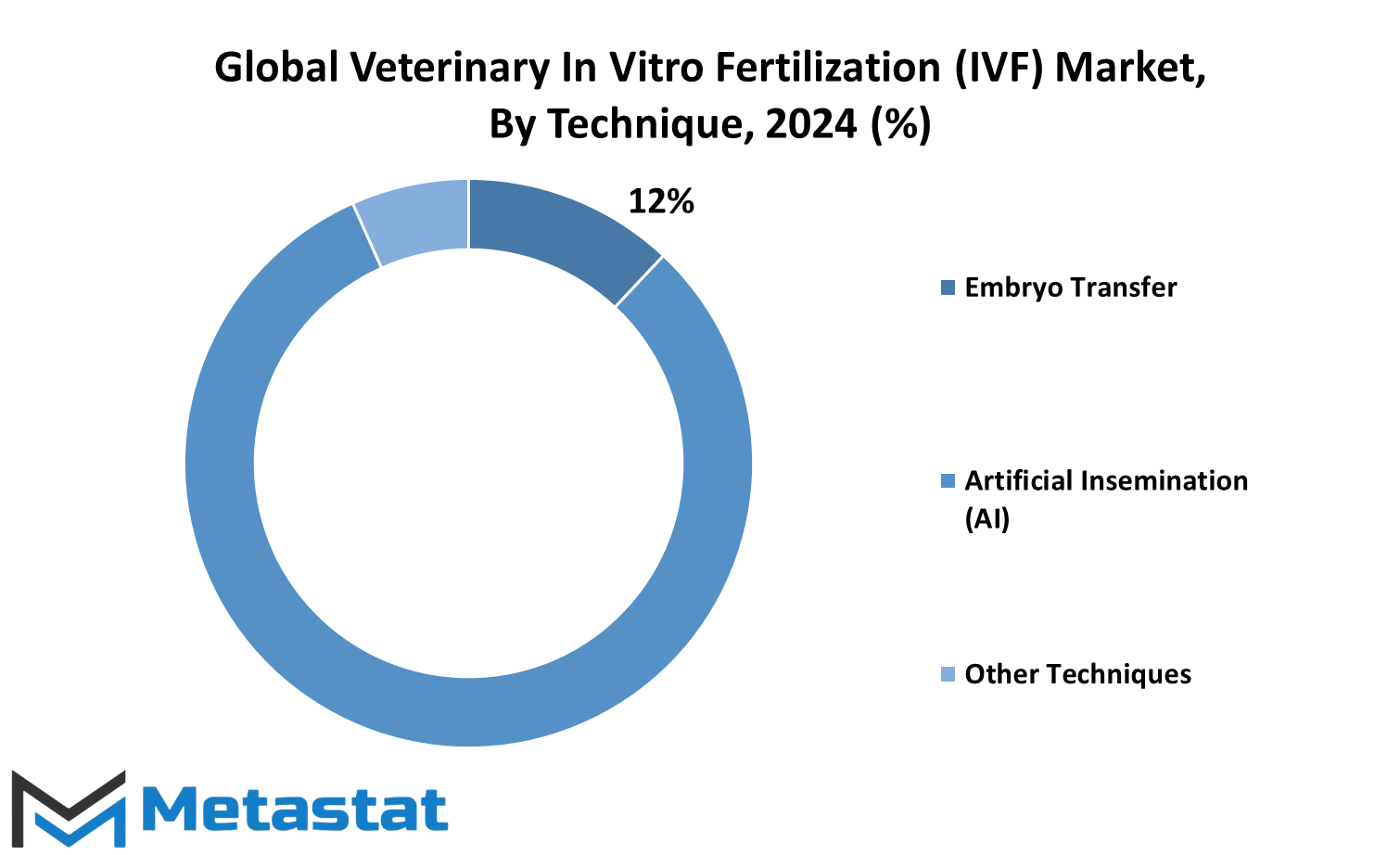
By End-User
The Global Veterinary In Vitro Fertilization market is forecasted to grow at a significantly higher rate over the forecast period owing to advancements in reproductive technologies and growing awareness of animal health and breeding practices. This market is expected to expand further as more people and institutions are considering IVF for animal breeding, thus giving new opportunities to existing and emerging participants.
Veterinary hospitals are expected to be a major player in this market, as most of them have the resources and expertise required for providing quality IVF services. Therefore, they will always remain one of the primary choices of breeders and pet owners. In addition, veterinary hospitals continue to incorporate advanced technologies and specialized care into their services. Thus, veterinary hospitals are foreseen to be highly involved in the growth of the market in the years to come. This will, in addition, enhance the outcomes of breeding programs in these facilities by improving health and genetic diversity within animal populations.
Another vital sector within this category includes animal breeding fertility clinics. These clinics will probably see higher demand over the next few years as breeders continue to require more specialized reproductive services for their animals. This positions fertility clinics better in the market to provide species-specific IVF solutions for various needs of different animal species. Such customized care is likely to see segment growth as breeders continue their search for reliable and effective ways to enhance breeding programs.
Other end-users will also cause expansion in the Global Veterinary In Vitro Fertilization (IVF) market, including research institutions and zoos. Among these, research institutions will play a vital role in the advancement of technologies and techniques related to IVF, making this market bound to keep evolving with new innovations. On the other hand, zoos employ IVF for the conservation of threatened species and the maintenance of genetic diversity among captive animal populations. With growing conservation awareness across the world, IVF in zoos might also emerge as an increasingly urgent need.
In this regard, it is expected that the Global Veterinary In Vitro Fertilization (IVF) market will have more growth since technology will go on improving and enhancing the service access for IVF. Every end user, ranging from veterinary hospitals to fertility clinics, will significantly help develop and grow the market. Therefore, due to the increasing importance of the health and breeding of animals, the future of the Global Veterinary IVF market looks amazingly brilliant with various opportunities that could be stolen.
By Embryo Transfer Type
Increased demand for advanced reproductive technologies in animals is being observed in the Global Veterinary In-Vitro Fertilization (IVF) market, wherein growth and potential remain commendable. Embryo transfer in this market is categorized into embryo types such as Dairy, Beef, among others. This market is undergoing changes and is influenced by evolving agricultural practices and the increasing demand for efficient breeding techniques with a focus on animal health and productivity. This has been coupled with an increased demand for dairy and beef products, leading to a greater adoption of IVF technologies that assure higher yields of better-quality livestock.
On this note, IVF technology is increasingly looked at as one of the important tools that help enhance the genetics of herds, thus ensuring that only the most productive animals are bred-a fact that may be translated into improved milk yield and better herd health in general. Farmers are more concerned with the art of selective breeding to improve the quality of milk, which becomes indispensable to meet the increasing demand for dairy products worldwide. IVF technology allows more controlled and effective breeding strategies that reduce the time and resources required to achieve specific genetic traits. This improves not only economic viability but also sustainability within the industry.
It, in turn, is molding the adoption of these IVF technologies in the Beef sector. For this reason, the market is heading towards technological approaches that would allow them to produce better quality beef cattle, which would have more mass, better feed efficiency, and improved resistance against diseases. They use this technique in order to pass on only the finest genes to improve consistency of quality in beef. This will be more and more important in the future as demand for higher classes of beef products escalates globally.
As the technology continues to gain favor among farmers and breeders, the Global Veterinary In Vitro Fertilization (IVF) market will be considered to grow in the future. Improvements in techniques and technologies in the field of in vitro fertilization are very likely to make the procedure more accessible and economical, thus encouraging its adoption. With growing global emphasis on food security, animal welfare, and sustainable farming practices, the demand for veterinary IVF will keep increasing and is bound to offer newer opportunities in animal husbandry.
Thus, the future is bright for the Global Veterinary IVF market, with new research continuing to enhance its outcomes for both the Dairy and Beef industries. This will maybe set up as one of the foundations of future animal breeding, enabling the livestock industry to meet the demands of a rising global population efficiently and in a sustainable manner.
|
Report Coverage |
Details |
|
Forecast Period |
2024-2031 |
|
Market Size in 2024 |
$2815.4 million |
|
Market Size by 2031 |
$4088.8 Million |
|
Growth Rate from 2024 to 2031 |
5.5% |
|
Base Year |
2022 |
|
Regions Covered |
North America, Europe, Asia-Pacific Green, South America, Middle East & Africa |
REGIONAL ANALYSIS
The veterinary IVF market has started spreading in almost all regions of the world, each contributing to its growth in one way or another. In North America, the market is pretty well established on account of first-rate veterinary practices and demand for technology in livestock breeding. This region is fronted by the United States owing to major investments in animal health and biotechnology. While Canada and Mexico are also important players, their markets are rather small in comparison with that of the U.S. Due to innovations coming from these countries, it is expected that more IVF technologies are going to be adopted in veterinary practices, hence making North America significant on the global scale.
In the European region, the market is also considerable, with the UK, Germany, France, and Italy being significant players. Most of these countries are agrarian, and the use of IVF technology enhances the efficiency of breeding and improves animal health. There are also strict regulations in the European market, and much emphasis is laid on animal welfare, hence shaping the development and acceptance of new technologies. In as much as European countries continue to emphasize environmentally friendly and ethically produced animal breeding, veterinary IVF services will be sought after and, in extension, R&D in the region will keep getting better.
Another significant geographical segment is the Asia-Pacific in the global market for Veterinary In Vitro Fertilization (IVF). This region provides enormous opportunities for market development due to some of the fastest-growing economies in the world, such as those of China, India, and Japan. Increasing demand for high-quality livestock, and growing awareness about the use of advanced reproductive technologies is driving the adoption of IVF techniques in veterinary practices. With the region still modernizing its agricultural practices, the veterinary IVF market is very likely to experience robust growth in the near future and become one of the major contributors to the global market.
South America and the Middle East & Africa are emerging markets with good potential. In South America, Brazil and Argentina are leading the charge mainly because they have a large agriculture industry and are increasingly taking interest in enhancing their livestock production by using higher-order breeding techniques. Countries in the Middle East & Africa, such as Egypt, South Africa, and those belonging to the GCC, have started tapping into the advantages of veterinary IVF. With this in mind, continued improvement of the agriculture sectors in these regions and investment in animal health should see further expansion of the Veterinary In Vitro Fertilization market, thus providing even more opportunities for further growth and innovation in the area.
COMPETITIVE PLAYERS
The Global Veterinary In Vitro Fertilization (IVF) market is developing at a high rate due to increasing advancements in the field of animal reproduction. This has assumed great importance because it has helped very dynamically in improving the quality and quantity of livestock, especially when the demand for animal products is increasing immensely. Such a market is evolving and not just expanding; several key players make sizeable contributions to its development.
Major companies in the field include Animal Breeding Europe Limited, Agtech Inc., and IVF Bioscience. These are among the leading developers of advanced IVF technologies and solutions developed for veterinary purposes and provide them to customers. Their products and services make it easier for veterinarians and breeders to increase the success rates of animal reproduction, which is a crucial part of the livestock industry.
Another leading player, Minitüb Gmbh, has been continuously introducing innovative solutions into the market. Its work has improved the efficiency and effectiveness of the IVF processes and facilitated veterinarians in attaining successful results. On similar lines, IMV Technologies has been at the front in this market, with a wide range of products and services offered that cover the entire process of IVF-from the collection of reproductive materials up to the successful birth of the offspring.
Apart from these, smaller yet equally important organizations like the Lander Veterinary Clinic, VetRepro, and Boviteq also form a significant part of the Global Veterinary In Vitro Fertilization (IVF) market. Many of these companies bring specialized knowledge and services to the table, which can be quite critical for certain niche areas of animal reproduction.
The Global Veterinary In Vitro Fertilization market is expected to be highly competitive in years to come, with more companies likely to enter the market and more innovative products from existing players. Companies like Vetoquinol N.A., Jorgensen Labs, and Santa Cruz Biotechnology, Inc. are some major participants in this expansion. Their research and development, combined with their commitment to quality, should drive further advances in the industry.
This is further promised to turn even more varied with the growing involvement of players such as Revival Animal Health, Biovine Elite, LLC, and Paragon Veterinary Group. As these companies continue their development, they are very likely to make a variety of new and improved IVF solutions with applications across several species of animals.
The Global Veterinary IVF market is further expected to grow with contributions from large and small players dedicated to developing technologies relating to animal reproduction. The focus is on innovation and quality, which certainly points to a bright future for this market, standing at the threshold of new developments.
Veterinary In Vitro Fertilization (IVF) Market Key Segments:
By Product Type
- Instruments
- Reagents/Consumables
- Services
By Technique
- Embryo Transfer
- Artificial Insemination (AI)
- Other Techniques
By End-User
- Veterinary Hospitals
- Fertility Clinics
- Other End-Users
By Embryo Transfer Type
- Dairy
- Beef
- Others
Key Global Veterinary In Vitro Fertilization (IVF) Industry Players
- Animal Breeding Europe Limited
- Agtech Inc.
- IVF Bioscience
- Minitüb Gmbh
- IMV Technologies
- Lander Veterinary Clinic.
- VetRepro
- Boviteq
- Trans Ova Genetics
- Vetoquinol N.A.
- Jorgensen Labs
- Santa Cruz Biotechnology, Inc.
- Revival Animal Health
- Biovine Elite, LLC
- Paragon Veterinary Group
WHAT REPORT PROVIDES
- Full in-depth analysis of the parent Industry
- Important changes in market and its dynamics
- Segmentation details of the market
- Former, on-going, and projected market analysis in terms of volume and value
- Assessment of niche industry developments
- Market share analysis
- Key strategies of major players
- Emerging segments and regional growth potential



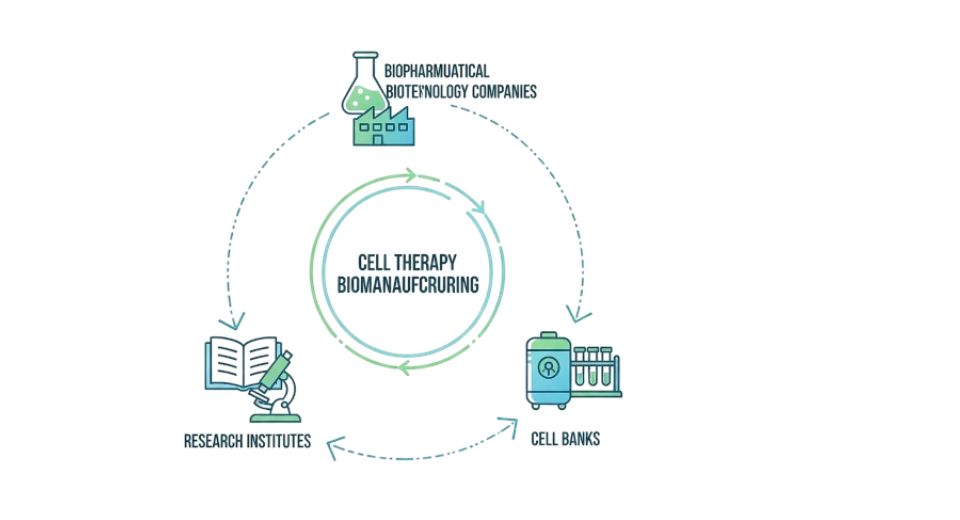
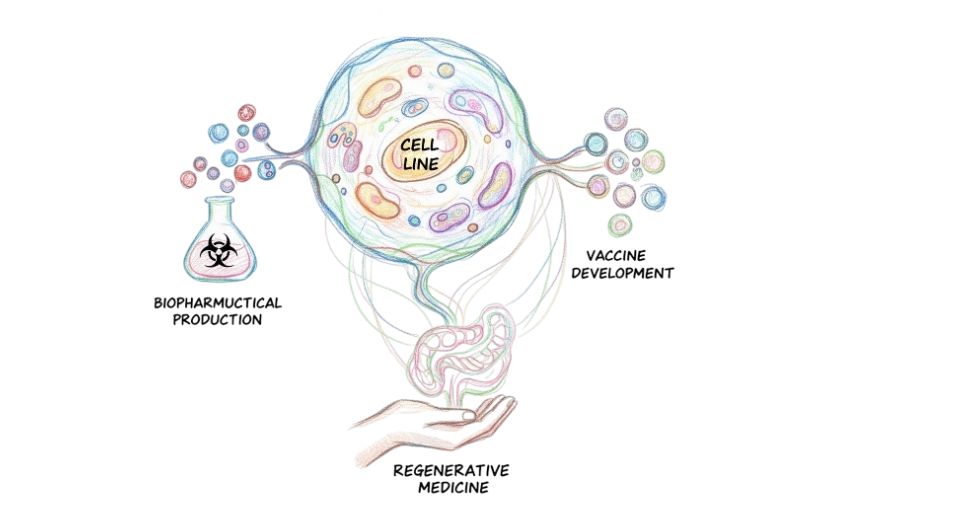
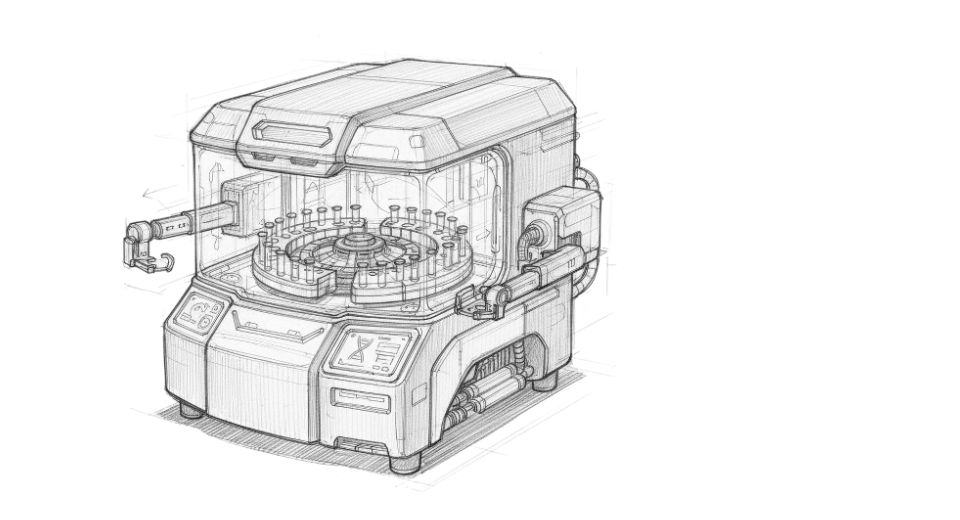


 US: +1 3023308252
US: +1 3023308252






